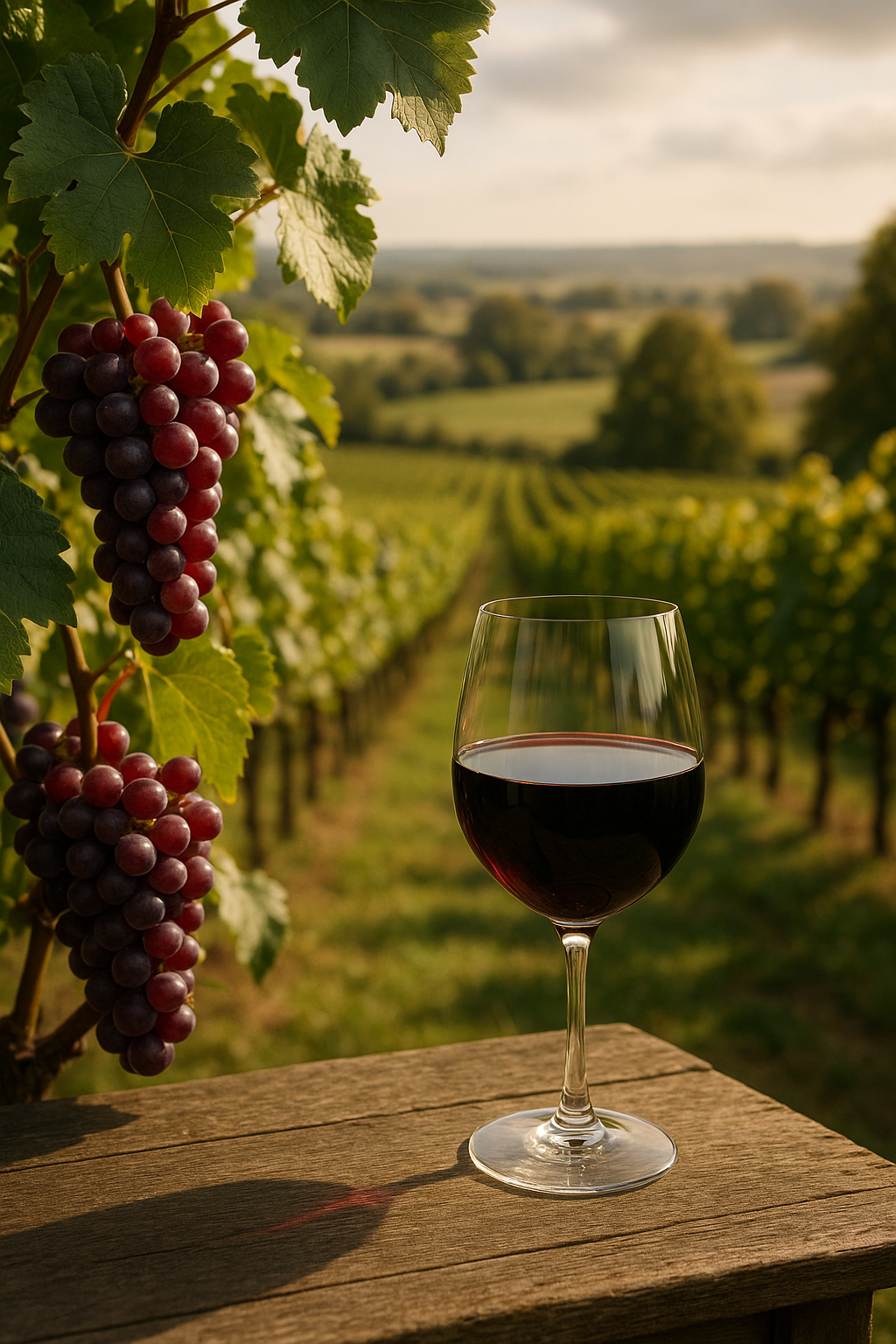
Red wines thrive in cooler English vineyards
Share
The Rise of English Wine: A Brief Overview
As the climate shifts and traditional wine regions face challenges, English vineyards have emerged as unexpected champions of quality red wine production. The unique terroir, characterized by its cooler temperatures and diverse soil types, allows for the cultivation of grape varieties that thrive in these conditions. Pinot Noir and Gamay, for instance, have found a welcoming home in the rolling hills of southern England, producing wines that are increasingly celebrated for their complexity and finesse.
The rise of English wine is not merely a product of favorable climatic circumstances; it is also the result of dedicated winemakers who have embraced innovative techniques and sustainable practices. Many vineyards are adopting organic and biodynamic methods, enhancing the quality of their grapes while respecting the environment. As a result, English red wines are gaining recognition on the international stage, often drawing comparisons to esteemed counterparts from Burgundy and the Loire Valley. This newfound prestige is fostering a growing enthusiasm among consumers, who are eager to explore the rich tapestry of flavors that English wines have to offer.
Cool Climate Viticulture: Advantages for Red Grape Varieties
Cool climate viticulture offers a unique set of advantages that significantly enhance the quality of red grape varieties. In regions like England, where temperatures are tempered by maritime influences, grapes such as Pinot Noir and Gamay flourish. The cooler growing conditions extend the ripening period, allowing for a gradual accumulation of sugars while retaining essential acidity. This balance is crucial, as it contributes to the development of complex flavors and aromas that define high-quality red wines.
Moreover, the cooler climate also reduces the risk of over-ripening, which can lead to excessively high alcohol levels and a loss of freshness. Instead, grapes harvested from these regions often exhibit bright fruit characteristics, subtle tannins, and an elegant structure. The unique terroir, combined with the cooler temperatures, allows winemakers to craft wines that are not only expressive of their varietal character but also reflective of the distinctiveness of their environment. As a result, English red wines are gaining recognition for their finesse and sophistication on the global stage.
Future Prospects and Challenges for English Red Wine Production
As English red wine production continues to gain momentum, the future holds both exciting prospects and formidable challenges. The increasing recognition of English wines on the global stage can be attributed to advancements in viticulture techniques and a growing consumer appetite for unique, terroir-driven wines. With climate change shifting weather patterns, vineyards are experiencing longer growing seasons, allowing for the cultivation of grape varieties that were once deemed unsuitable for the cooler climate. However, this warming trend also brings risks, including unpredictable weather events that can impact harvests and grape quality.
Moreover, the industry faces the challenge of scaling up production while maintaining quality. As more vineyards emerge, there is a pressing need for sustainable practices to preserve the delicate ecosystems that support these burgeoning wine regions. Investment in technology and research will be essential to navigate these complexities, ensuring that English red wines not only thrive but also reflect the distinct character of their origins. Balancing innovation with tradition will be key to securing a vibrant future for English red wine.
